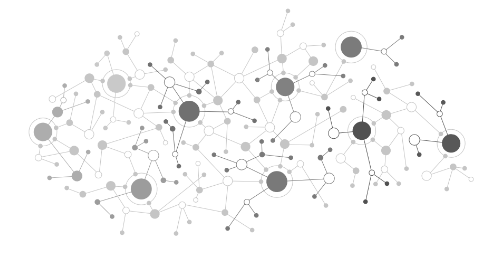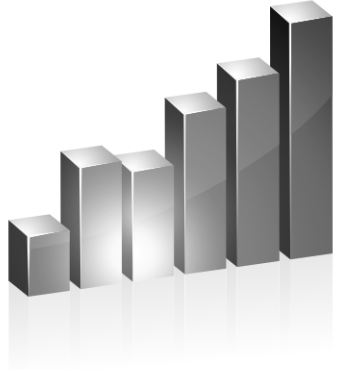
Since 2008, we do our best to deliver the most accurate forecasts that technology can produce. Our technology is in constant evolution to reflect the latest discoveries in mathematics and computer science.

Over the last decade, data related technologies have evolved at a crazy pace. Companies went from using technologies that were fundamentally based on mathematics, which had not changed that much since the 18th century, to Big Data oriented technology powered by Machine Learning and Deep Learning. Lokad has been focused on keeping ahead of things and bringing the best science can provide to supply chain optimization.
Take a trip down memory lane and discover the different generations of our forecasting technology.
Lokad's technology is not about leveraging one (or several) magical statistical model. It's a combination of ingredients working together to create the proper alchemy. In our early years, we realized pretty fast how big the gap was between pure mathematical modeling and the reality of supply chains.
What worked wonders in theory was utterly inefficient when applied to real businesses: the data was unclean, not deep enough, too sparse, the sheer volume of references or entries in the sales history for some businesses made entire classes of models extremely hard to use, and then the constraints of the supply chain itself made it so that improving the classical accuracy metrics of the forecasts actually degraded the business' performance.
Lokad had to come up with the proper technological answers to all of these issues and to drastically change its view on forecasting and supply chain optimization.



We have a large library of statistical models. It includes well-known classics such as Box-Jenkins, exponential smoothing, autoregressive and all their variants. Additionally, since classic models poorly leverage correlations, we have developed better models that take advantage of all the data made available to us. Since the very beginning, we have been continuously monitoring the quality of the forecasts we deliver and running simulations to carefully assess the remaining weaknesses of our technology. We keep improving our models and feeding our library with new ones and new paradigms. Therefore, our clients benefit from an ever improving technology.
However, we realized a long time ago that this was not enough and that we needed to dig deeper into the reality of supply chain and the constraints and specificity of each business. Therefore, not only do we not require any kind of statistical skills from our clients, but we manage the entire process to provide a fully usable solution, complete with precise purchase orders, dispatch or pricing suggestions and dashboards of key performance indicators to assess their accuracy.
Our Supply Chain Scientists are there to help you include all your business insights in a tailor-made implementation. This is made possible through the use of our supply chain oriented programming language, Envision. Its flexibility allows us to fine tune scripts fully able to reflect the specificities of your business, in order to offer a perfect complement to our forecasting technology.